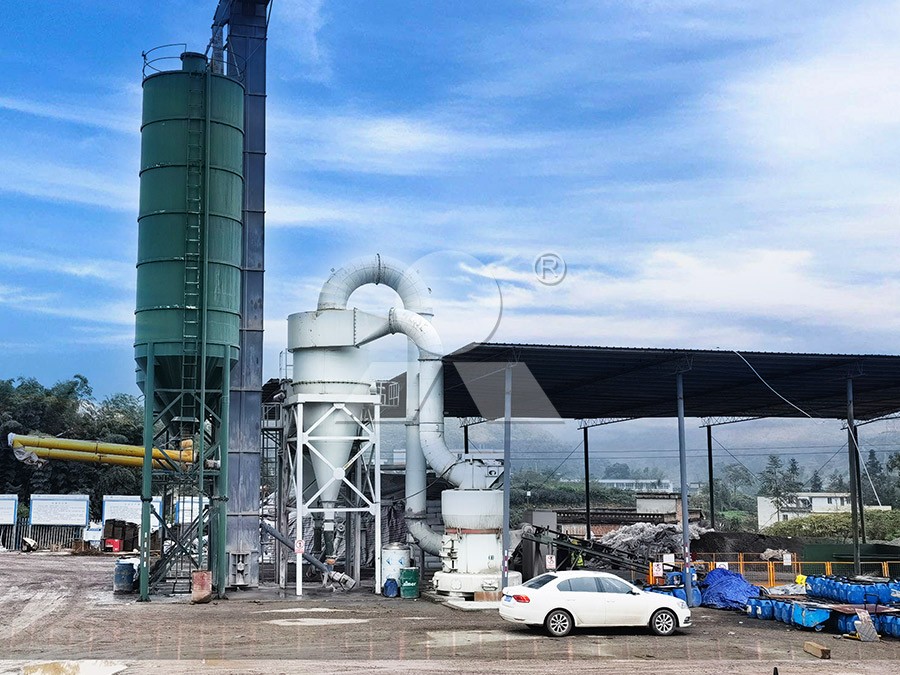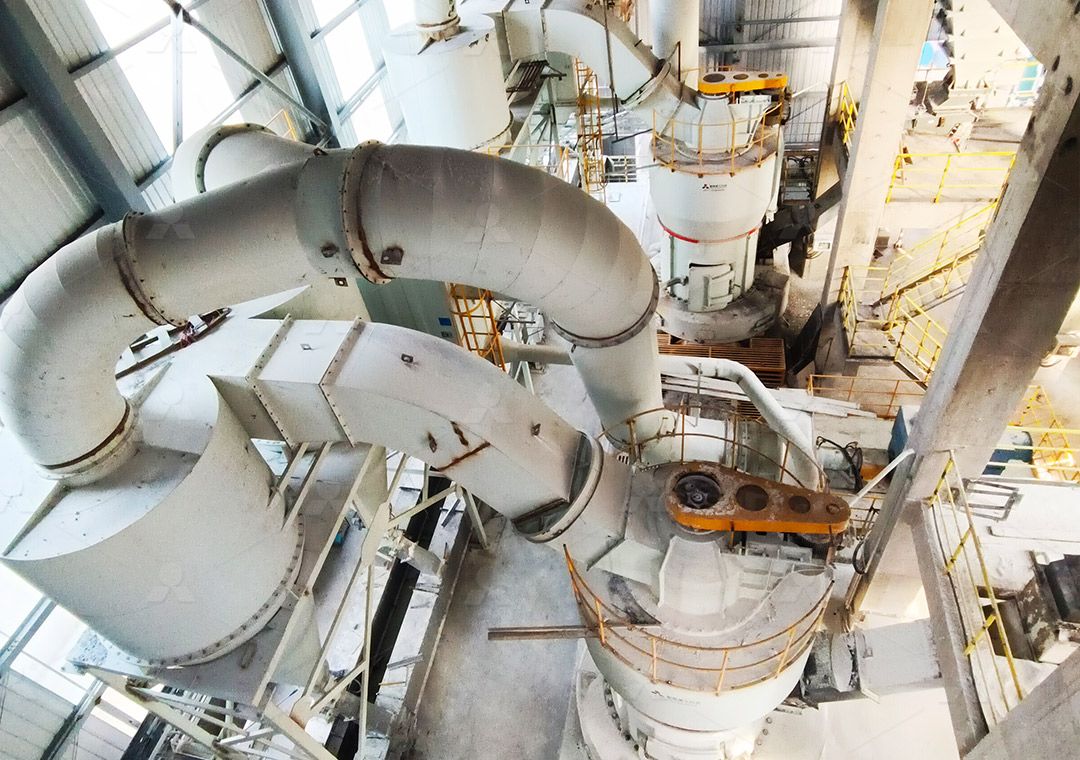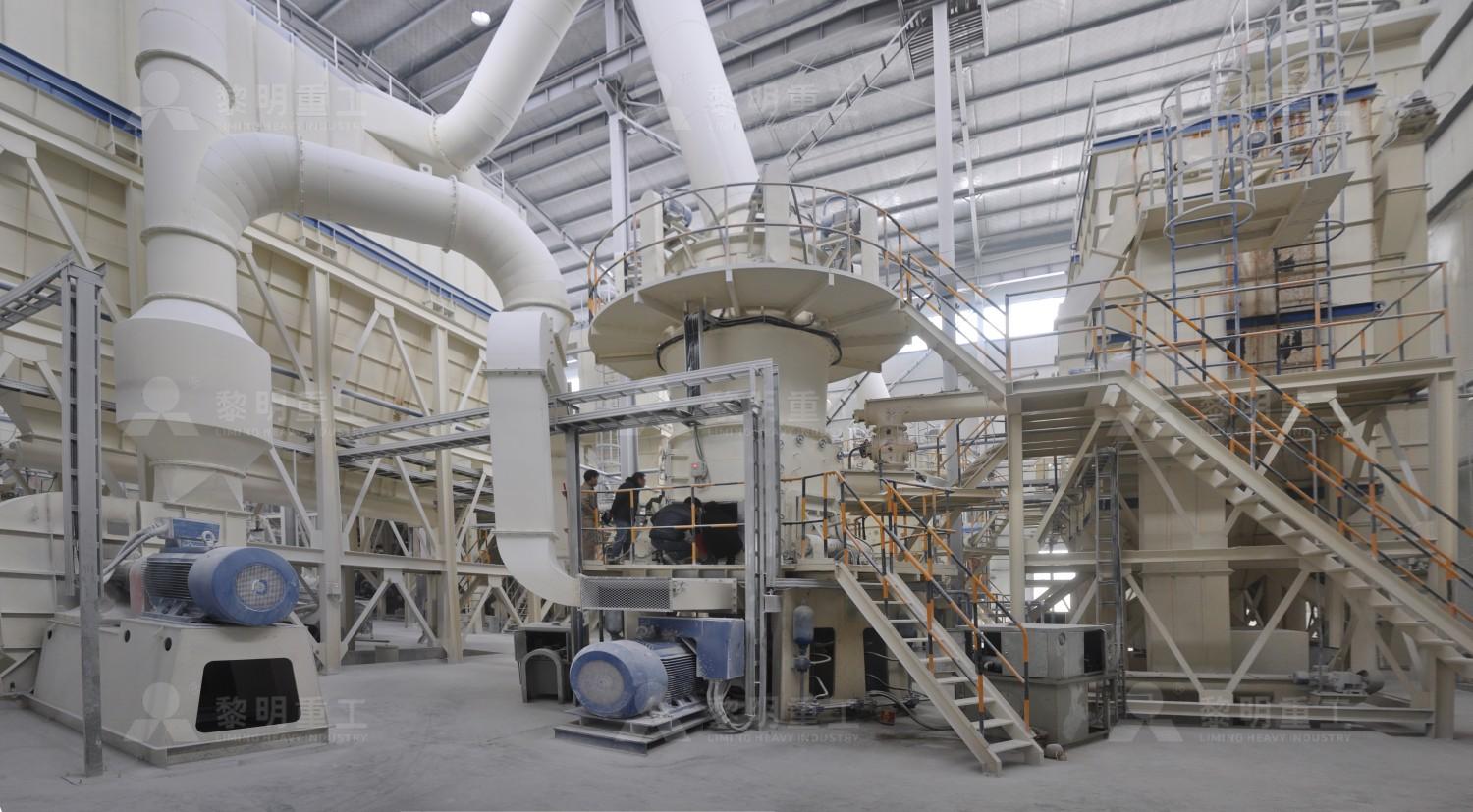Key Advantages of Clinker Vertical Roller Mill in Cement Production
Key Advantages of Clinker Vertical Roller Mill in Cement Production
In modern cement manufacturing, the choice of grinding technology significantly impacts operational efficiency, product quality, and environmental compliance. Among various grinding solutions, the clinker vertical roller mill (VRM) has emerged as a superior alternative to traditional ball mills, offering substantial benefits across multiple operational parameters.
The fundamental advantage of VRM technology lies in its energy-efficient design. Unlike ball mills that rely on impact and attrition through tumbling media, vertical roller mills utilize a bed-compression grinding principle. This method reduces energy consumption by 30-50% compared to conventional systems, making it one of the most significant operational cost-saving measures available to cement producers today.

Another critical benefit is the compact footprint of vertical roller mills. The integrated design combining grinding, drying, classification, and conveying functions within a single unit reduces the overall space requirement by approximately 50% compared to ball mill systems. This space efficiency translates to lower construction costs and greater flexibility in plant layout, particularly valuable for facility upgrades or expansions where space constraints exist.
The environmental performance of VRM technology represents a substantial advancement. Modern vertical roller mills operate under negative pressure with completely enclosed systems, effectively containing dust emissions. Advanced pulse dust collection systems ensure particulate emissions remain well below regulatory thresholds. Additionally, the reduced energy consumption directly correlates to lower carbon emissions, supporting cement producers’ sustainability objectives.
Operational stability and maintenance advantages further distinguish vertical roller mills. The absence of direct metal-to-metal contact between grinding components, achieved through precise hydraulic pressure control, minimizes wear and extends component life. Advanced monitoring systems provide real-time operational data, enabling predictive maintenance and reducing unplanned downtime. The design also allows for external lubrication and maintenance activities without requiring complete system shutdown.
Product Quality and Process Control
Vertical roller mills deliver superior product quality through precise control over grinding parameters. The short material retention time within the grinding chamber—typically 2-3 minutes compared to 15-20 minutes in ball mills—enables rapid adjustment of product fineness and chemical composition. This responsiveness allows operators to quickly correct quality deviations and maintain consistent product specifications.
The grinding process in VRMs generates less heat compared to ball milling, preserving the hydration properties of cement and reducing gypsum dehydration. This thermal efficiency contributes to improved final product performance and reduced water demand in concrete applications.

Complementary Grinding Solutions
While vertical roller mills excel in clinker grinding, certain applications require specialized fine grinding equipment. For operations requiring ultra-fine powder production, our MW Ultrafine Grinding Mill offers exceptional capabilities with adjustable fineness between 325-2500 meshes. This system achieves 40% higher production capacity compared to jet mills and double the output of ball mills while consuming only 30% of the energy of jet milling systems.
The MW Ultrafine Grinding Mill features a unique design without rolling bearings or screws in the grinding chamber, eliminating concerns about bearing damage or loose fasteners causing mechanical failure. The external lubrication system enables continuous 24-hour operation, while the integrated pulse dust collector ensures environmentally compliant performance across the entire milling process.
Future Outlook
The evolution of vertical roller mill technology continues with innovations in digitalization, predictive maintenance, and energy recovery. The integration of Industry 4.0 principles enables fully automated operation with remote monitoring and control capabilities. These advancements further enhance the operational advantages of VRM systems, solidifying their position as the preferred grinding technology for modern cement production.
As cement manufacturers face increasing pressure to improve efficiency and reduce environmental impact, the vertical roller mill represents not just an equipment choice, but a strategic investment in sustainable, cost-effective production capability.

Frequently Asked Questions
What is the typical energy savings when switching from a ball mill to a vertical roller mill for clinker grinding?
Vertical roller mills typically reduce energy consumption by 30-50% compared to traditional ball mills. The exact savings depend on the specific application and operating conditions, but the bed-compression grinding principle fundamentally requires less energy than the impact/attrition method of ball milling.
How does the vertical roller mill handle variations in clinker quality and composition?
Modern VRMs feature advanced control systems that automatically adjust grinding pressure, table speed, and separator settings to accommodate variations in feed material. The short material retention time allows quick response to changes, maintaining consistent product quality despite fluctuations in clinker characteristics.
What maintenance advantages do vertical roller mills offer compared to ball mills?
VRMs provide significant maintenance benefits including external lubrication systems, reversible grinding elements that extend component life, and hydraulic systems that allow roller positioning without direct mechanical contact. These features reduce maintenance frequency and enable many servicing activities without complete system shutdown.
Can vertical roller mills be integrated into existing cement plant layouts?
Yes, the compact design of VRMs makes them suitable for retrofitting into existing facilities. Their smaller footprint often allows installation in spaces previously occupied by multiple components of traditional grinding systems, and the vertical configuration minimizes horizontal space requirements.
What environmental benefits do vertical roller mills provide beyond energy efficiency?
Beyond reduced energy consumption and associated emissions, VRMs feature completely enclosed systems operating under negative pressure, effectively containing dust. Advanced filtration systems typically achieve dust emissions below 20 mg/Nm³, well within most regulatory requirements. The reduced noise levels compared to ball mills also contribute to better workplace environmental conditions.
